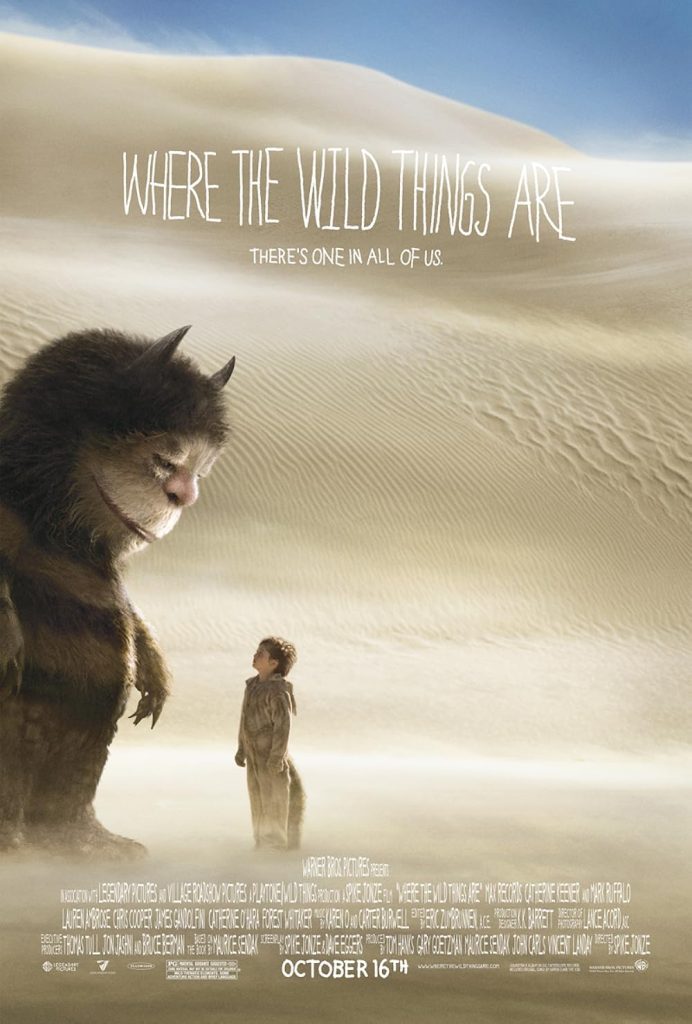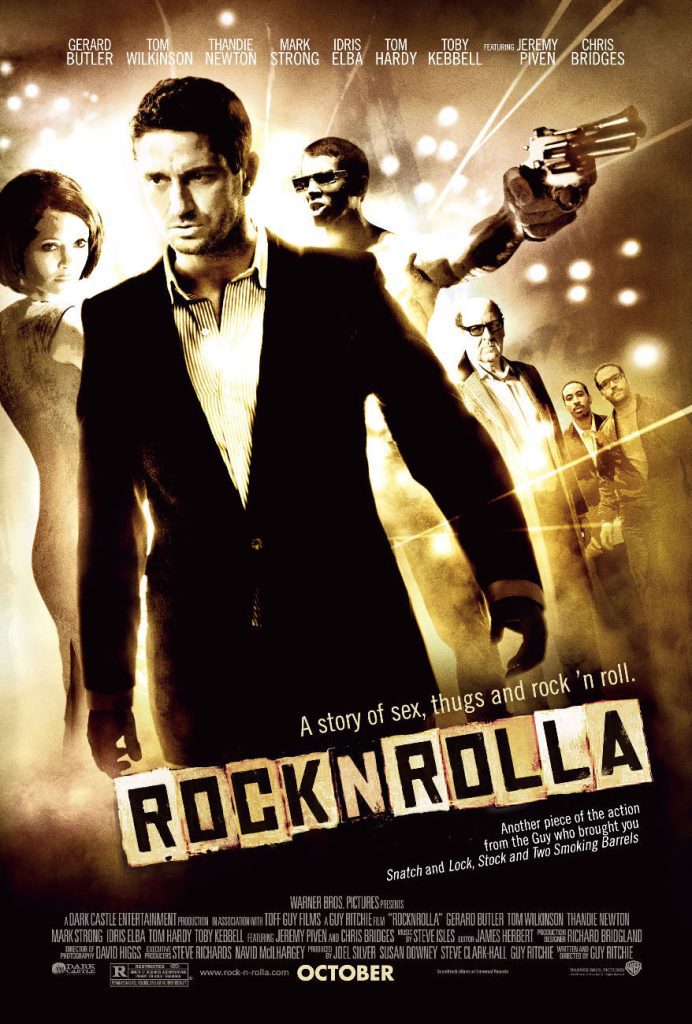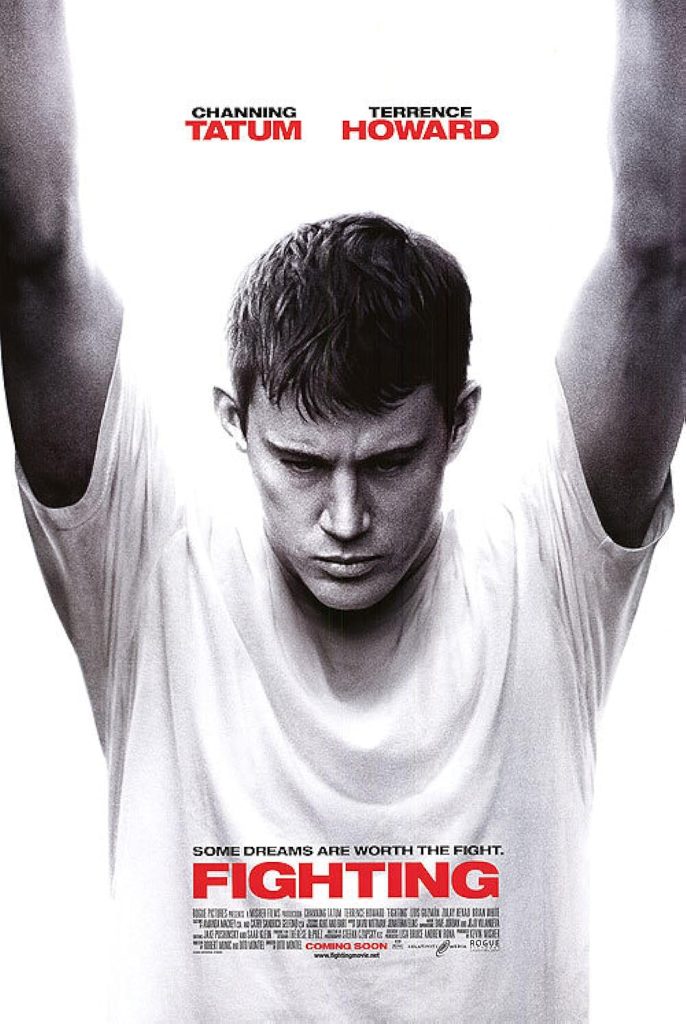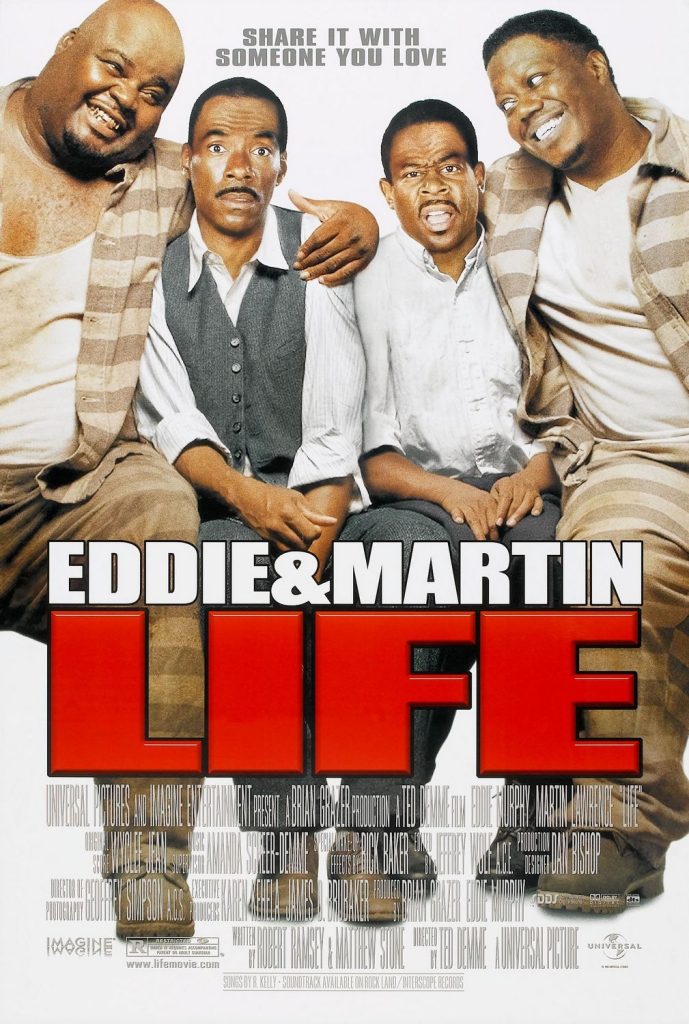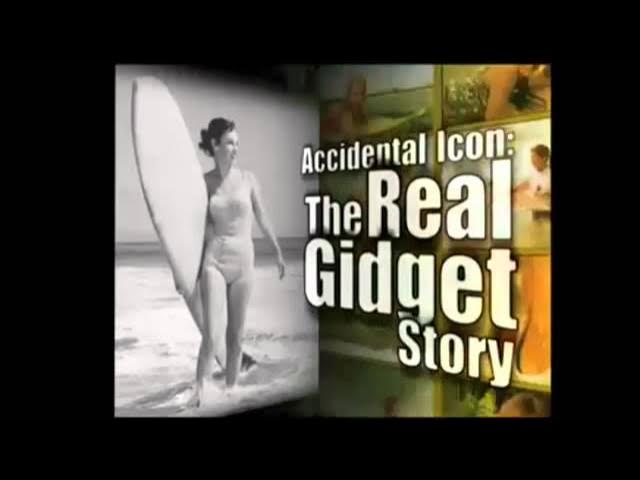
Narrated by Jorja Fox (CSI: Crime Scene Investigations) and featuring interviews with Sally Field (Brothers and Sisters) and far too many pro surfers to name, Accidental Icon: The Real Gidget Story tells the tale of Kathy Kohner Zuckerman who began surfing in 1956. Nicknamed “Gidget” (a combination of girl and midget) she became an icon whose legacy endures.
The decision to focus on the impact of Gidget over the past five decades was the smartest move the filmmakers made, because the actual story of how Kathy Kohner became Gidget takes less than a minute to tell. Fifteen-year-old Kohner was looking for a way of life and a group of people to fit in with. Going to Malibu and hooking up with the local surf scene was the answer. She became so enamored with the people, what they were doing, and the new lingo (words like “Bitchin!” and “Cowabunga!”) she felt it was a story that needed to be told. Kathy started by writing it all down in her journals, one of which she reads from here. But she wanted to go bigger, to share her story with more people, so she went to her father, Academy Award-nominated screenwriter Frederick Kohner (Gidget), who captured the story as she told it to him. The rest is the meat of this documentary.
Accidental Icon is not people gushing over Gidget for an hour. Sure, there’s some of that, but these are real people and their stories resonate as such, with Gidget’s friends admitting they resented the release of first the book and later the movie because each was one step away from the reality of what it meant (and still means, in many cases) to be a surfer.
True surfing buffs will delight in seeing the likes of Lance Carson and Mickey Munoz talking about both Gidget and riding the waves. Hodads (non-surfers) can find pleasure in watching Cliff Robertson (Spider-Man) — who passed away mere days before this review was posted — or swoon over former heartthrobs James Darren (Star Trek: Deep Space Nine) and Caryn Richman (Bucket and Skinner’s Epic Adventures) who talk about the impact Gidget had on their careers from a Hollywood perspective.
One person noticeably absent from the proceedings is Sandra Dee, who played Gidget in the movie and passed away in 2005. Those who were hoping for archive footage of Dee (who suffered from notorious publicity shyness) in this retrospective will be disappointed. But the rest of the contributors are generous enough with their time to make up for her absence. Sally Field, whose first role was as Gidget in the TV series, clearly feels an enormous amount of respect and affection for that role, even after so many other high profile opportunities.
If you grew up watching the Gidget movies, read the book, or watched the TV series, Accidental Icon: The Real Gidget Story is a no-brainer. Likewise, if you’re interested in surfing at all or in the evolution of female surfing as a sport here in the United States, I’d recommend this.
Accidental Icon was shot on Mini-DV and includes Super 8 film stock, so the quality isn’t the greatest. However, you can easily overlook whatever grain and palette issues there are due to the engaging nature of what you’re watching. The Dolby 2.0 sound is serviceable and the filmmakers took care to get interviews in spots away from distracting ambiance. The special features are mostly padding, including an extended ending to the piece, as well as an outtake.
Never heavy handed with its feminism, Accidental Icon: The Real Gidget Story is concerned with marking a spot in history and detailing a time when what it meant to be a girl was coming under scrutiny, and how one girl’s choice to tell her story changed the face of entertainment, sports, and the women’s movement forever.
For more movies visit Soap2day.
